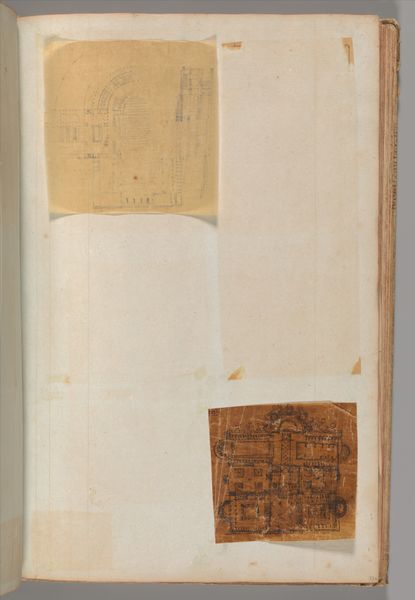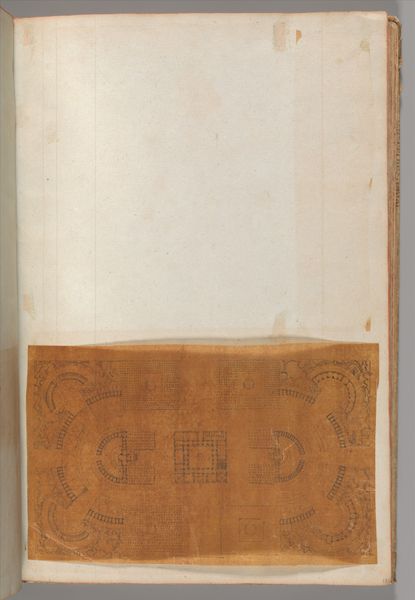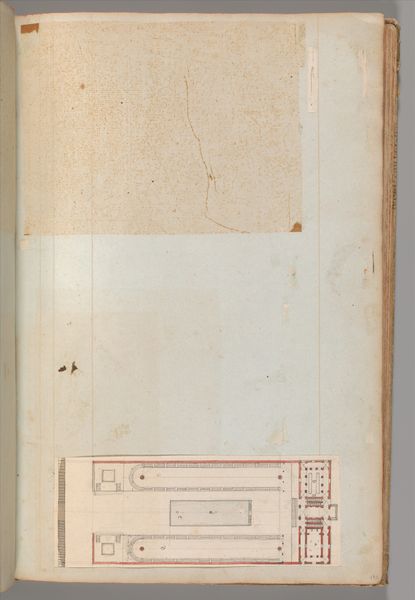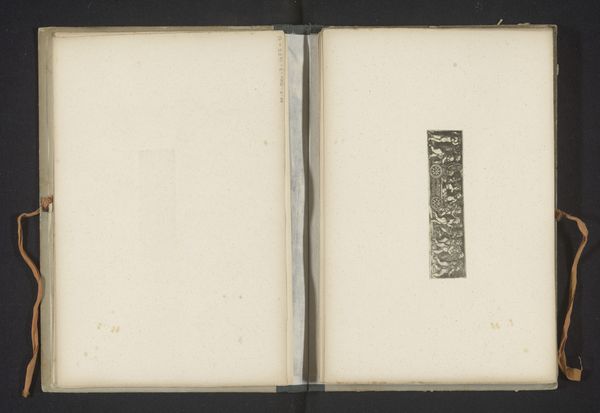
drawing
#
drawing
#
aged paper
#
toned paper
#
homemade paper
#
decorative element
#
water colours
#
pottery
#
stoneware
#
warm-toned
#
watercolour illustration
#
watercolor
Dimensions: overall: 37 x 44.5 cm (14 9/16 x 17 1/2 in.) Original IAD Object: 1 1/3 actual size
Copyright: National Gallery of Art: CC0 1.0
Editor: So, this is Elmer G. Anderson’s "Pa. German Music Book," from around 1937. It's a drawing, probably watercolour, on paper, depicting what seems to be an open songbook. It feels…fragile and intimate. The hand-lettering and painted decorations give it a folksy vibe. What stands out to you in this piece? Curator: What I find compelling is its assertion of cultural identity. These "Pa. German" traditions, a localized interpretation of German heritage in Pennsylvania, faced pressure to assimilate. This book, then, is a powerful assertion of cultural persistence. What does the German script evoke for you? Editor: A sense of history, definitely. But also a deliberate act of preservation. Was this a common practice, to illustrate music books in this way? Curator: Indeed. These Fraktur traditions – think of decorative folk art – served as a visual anchor to their cultural memory. Consider the implications of using watercolor, a relatively accessible medium. Who had access to artistic training and materials? How did folk art provide an alternative mode of expression? Editor: So, it was a way of making art outside of the mainstream, a way of keeping their identity alive, using whatever resources were available to them? It's like a quiet act of resistance. Curator: Precisely. The very act of creating this, outside of formal art channels, challenges traditional art historical narratives. And notice the organic motifs bordering the text: What meanings might they have held within this community? Editor: I hadn’t really thought of it that way, but now it makes so much more sense. It’s not just a pretty picture, but a cultural statement. Curator: Exactly. By recognizing this context, we move beyond aesthetic appreciation to understanding the powerful intersection of art, identity, and social history. A good lesson for me to remember, too.
Comments
No comments
Be the first to comment and join the conversation on the ultimate creative platform.

